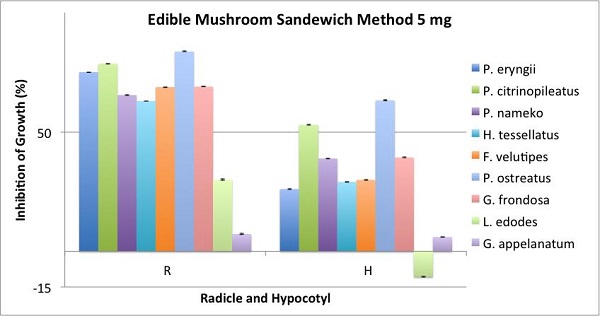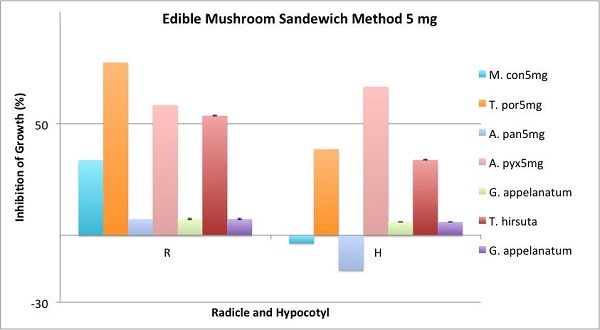
Asma Osivand
Tokyo University of Agriculture and Technology, Japan
Title: Comparison of allelopathic activity of some edible mushroom and wild mushroom in Japan
Biography
Biography: Asma Osivand
Abstract
Wild mushrooms have been always considered as valuable source of bioactive compounds, while edible mushrooms have been known for their importance as food source. However, their interaction with plants through chemicals that could lead to find new biochemical has not been well undertaken. A special bioassay method (sandwich method) was applied to compare eight common edible mushrooms (Pleurotus eryngii, Pleurotus citrinopileatus, Pleurotus ostreatus, Lentinula edodes, Grifola frondosa, Flammulina velutipes, Hypsizygus tessellatus and Pholiota namako) with some wild species (Ganoderma appelanatum, Amanita pantherina, Artomyces pyxidatus, Morchella conica, Tricholosporum porphyrophyllum, Trametes hirsuta) for their phytotoxicity against lettuce. Among all tested edible mushrooms, application of 5 mg of P. ostreatus showed stronger allelopathic activity by inhibiting the growth of radicle and hypocotyl of lettuce by 84% and 63% respectively. Moreover, same amount of T. porphyrophyllum exerted 77% and 67% growth inhibition on radicle and hypocotyl of lettuce. In general biochemical contributed in tested mushrooms could be the main cause for their inhibitory activity and could lead to find new allele-chemicals.


Figure1: A) 5mg sandwich method of edible mushrooms have shown. B) The sandwich method of 5mg wild mushrooms have illustrated.
